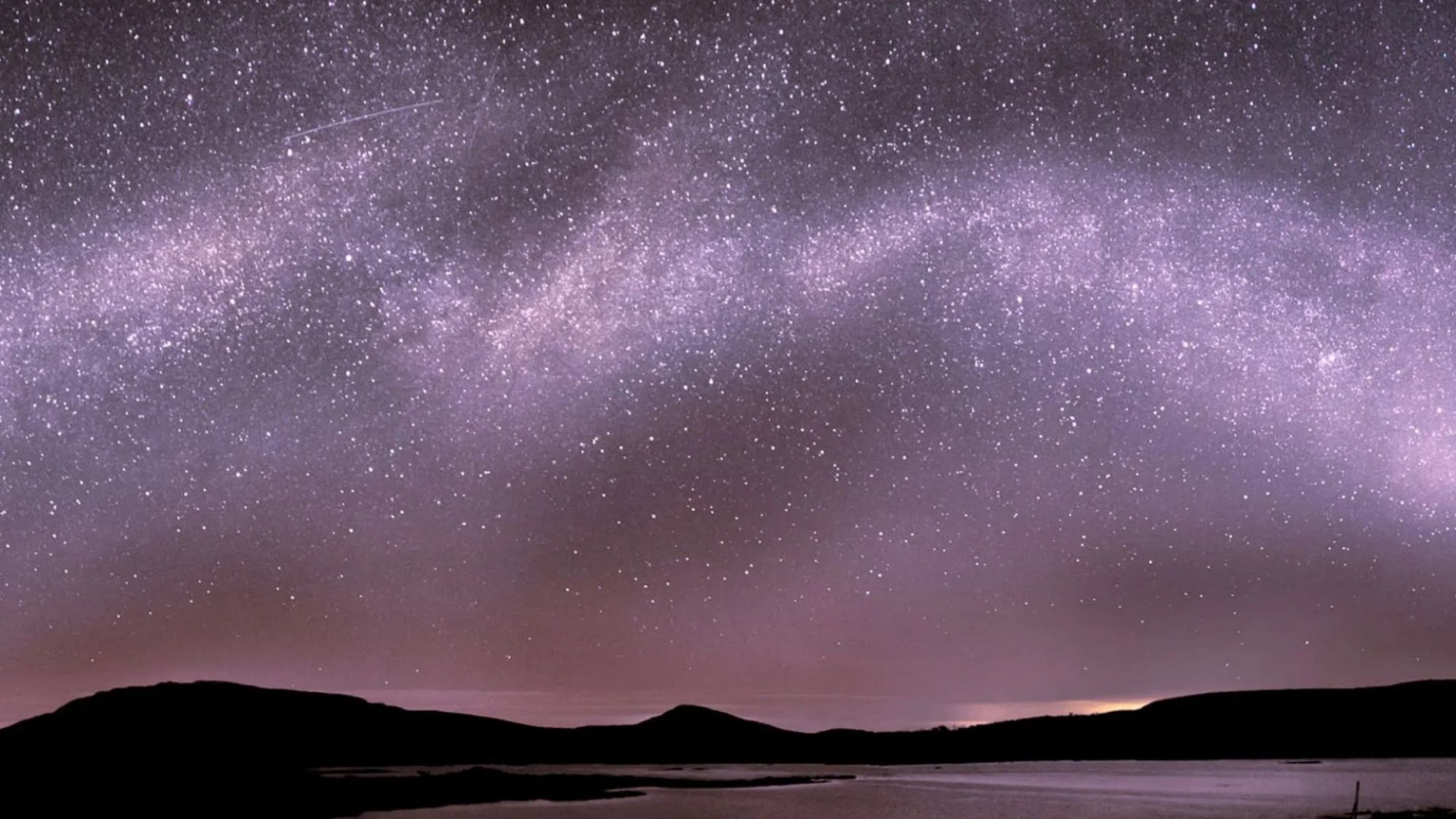Science
Irish Stargazers Prepare for Spectacular Perseid Meteor Shower

Tonight, stargazers across Ireland are eager for a breathtaking spectacle as the **Perseid Meteor Shower** peaks, promising up to **150 meteors** per hour. This astronomical event, which occurs when Earth passes through debris left by **Comet Swift-Tuttle**, is expected to transform the night sky into what experts describe as “natural fireworks.”
The Perseids are renowned for their bright and fast meteors, with an average speed of approximately **58 km per second**. As these meteors enter the atmosphere, they heat up and create brilliant streaks of light. While most of these meteors will burn up in the atmosphere, larger ones can explode into dazzling fireballs.
Though the meteor shower will be visible with the naked eye, viewers should be aware that the brightness of the full **Moon** may obscure some of the meteors. **Dr. Shyam Balaji**, a theoretical physicist at **King’s College London**, emphasized the significance of this meteor shower, calling it “one of the fastest and brightest meteor showers of the year.”
Optimal Viewing Conditions
For the best chance of witnessing this celestial display, observers should aim to find a location with minimal light pollution. Urban areas, particularly busy towns and cities, will likely hinder visibility. Ideal viewing spots include **Phoenix Park** and **Bull Island**, both located in Dublin, which offer darker skies away from artificial lights.
The prime viewing window will be between **midnight** and **5:30 AM** when the sky is darkest. Stargazers are encouraged to lie back and enjoy the spectacle without the use of binoculars, which can limit the field of view and cause viewers to miss some meteors.
In addition to the Perseids, observers may also catch a glimpse of **Jupiter** and **Venus** during the shower, as these planets will appear particularly close to each other in the night sky.
Understanding Meteor Types
For those interested in the science behind meteors, here are definitions of key terms:
– **Asteroid:** A small rocky body orbiting the Sun, primarily found in the asteroid belt between Mars and Jupiter.
– **Meteoroid:** Small fragments that break off from asteroids during collisions.
– **Meteor:** A meteoroid entering Earth’s atmosphere, creating a bright streak of light as it vaporizes.
– **Meteorite:** A meteoroid that survives its passage through the atmosphere and lands on Earth.
– **Comet:** A celestial body composed of ice and gas that orbits the Sun, often displaying a bright tail when close to the Sun.
Those planning to witness the Perseid Meteor Shower are advised to locate a viewing area with an unobstructed view of the horizon. Stargazing apps like **Sky Guide** and **Stellarium** can enhance the experience, helping viewers identify the best regions of the sky to observe.
As the night unfolds, the Perseid Meteor Shower presents a unique opportunity for both seasoned astronomers and casual observers to connect with the wonders of the universe.
-

 Entertainment2 weeks ago
Entertainment2 weeks agoAimee Osbourne Joins Family for Emotional Tribute to Ozzy
-

 Politics2 weeks ago
Politics2 weeks agoDanny Healy-Rae Considers Complaint After Altercation with Garda
-

 World4 weeks ago
World4 weeks agoHawaii Commemorates 80 Years Since Hiroshima Bombing with Ceremony
-

 Top Stories4 weeks ago
Top Stories4 weeks agoFianna Fáil TDs Urgently Consider Maire Geoghegan-Quinn for Presidency
-

 World4 weeks ago
World4 weeks agoGaza Aid Distribution Tragedy: 20 Killed Amid Ongoing Violence
-

 World4 weeks ago
World4 weeks agoCouple Convicted of Murdering Two-Year-Old Grandson in Wales
-

 World1 month ago
World1 month agoAristocrat Constance Marten and Partner Convicted of Infant Murder
-

 Top Stories1 month ago
Top Stories1 month agoClashes Erupt Between Far-Right Groups and Migrants in Spain
-

 Top Stories4 weeks ago
Top Stories4 weeks agoHistoric Dalkey Pub The Queens Reopens Under New Management
-

 World4 weeks ago
World4 weeks agoTrump Defends FBI Deputy Director Amid Epstein Files Controversy
-

 Business1 month ago
Business1 month agoSunshine 106.8 Boosts Irish Music After Regulator’s Request
-

 Politics4 weeks ago
Politics4 weeks agoTragic Crowd Surge at Gaza Aid Center Claims 20 Lives









